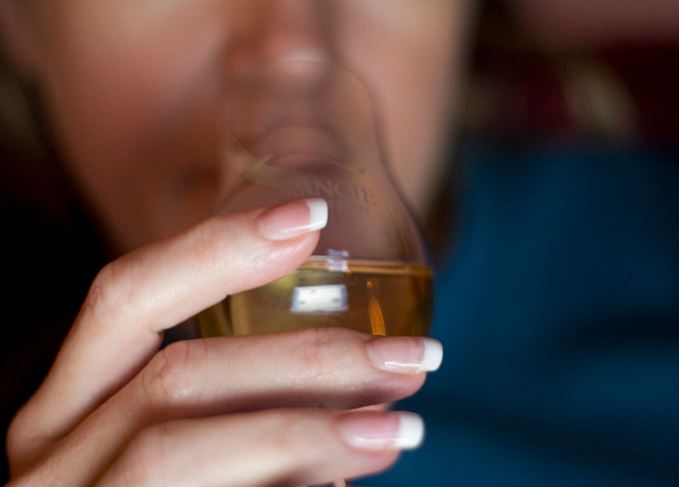Engineers have developed an artificial tongue that can ‘taste’ the difference between whiskies, potentially allowing for the identification of counterfeit products.

The small tasting ‘tongues’ are lined with gold and aluminium in a chequerboard pattern that act like tastebuds and react with different compounds present in the spirit.
Tests were carried out on seven whiskies – Glenfiddich 12-, 15- and 18-year-old, Glen Marnoch Bourbon Cask, Sherry Cask, and Rum Cask, and Laphroaig 10-year-old, alongside Absolut vodka and a water solution containing ethanol.
All samples contained 40% alcohol by volume, and were tested alongside deionised water.
The results were published in a paper titled, ‘Whisky tasting using a bimetallic nanoplasmonic tongue’ in the Royal Society of Chemistry’s journal, Nanoscale.
In the paper, engineers from the University of Glasgow’s School of Engineering describe how the tiny tongue, which is too small to see with the naked eye, could be used to detect fake whisky.
Currently the most common method of identifying counterfeit whisky is through the use of liquid chromatography, which requires special lab equipment that is often not easily accessible, is time-consuming and can be costly.
The engineers claimed that while this is not the first artificial tongue to have been created, it is the fastest and most accurate.

Practical use: The tongue could be used in a portable device to detect counterfeit whisky

Alasdair Clark of the University of Glasgow’s School of Engineering, told the BBC: ‘We call this an artificial tongue because it acts similarly to a human tongue – like us, it can't identify the individual chemicals which make coffee taste different to apple juice but it can easily tell the difference between these complex chemical mixtures.
‘We're not the first researchers to make an artificial tongue, but we're the first to make a single artificial tongue that uses two different types of nanoscale metal “tastebuds”, which provides more information about the “taste” of each sample and allows a faster and more accurate response.’
During testing, the technology was able to tell the difference between whiskies with 99% accuracy.
The presence of ethanol was clearly detected in each sample, aside from the deionised water.
However the tongue picked up on ‘trace differences’ in the spirits, including other alcohols such as propanols and butanols, plus other aromatic compounds like phenols, terpenes and vanillin.
This enabled the technology to map out each whisky’s unique ‘fingerprint’.
The paper concluded: ‘This new approach to artificial tongue design may spur the development of portable devices for applications in a point of care diagnostics, counterfeit detection in high-value drinks, environmental monitoring, and defence.’
According to whisky analyst and broker Rare Whisky 101, some £41 million-worth of rare whisky currently in circulation is thought to be fake.




